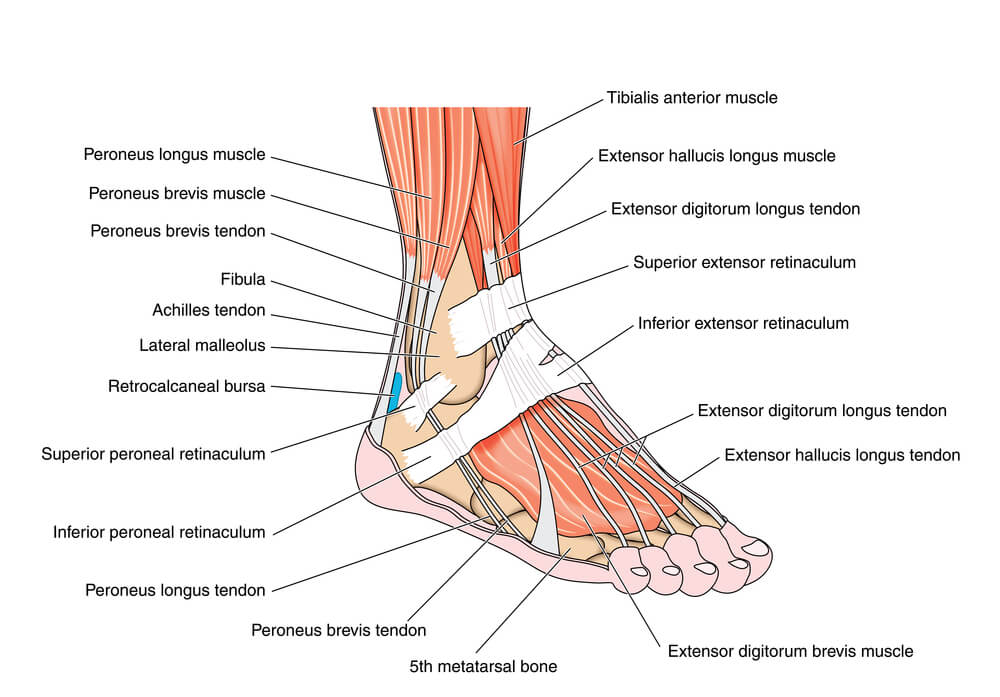Understanding Metatarsal Surgery
Metatarsal surgery is a surgical procedure that involves the foot and ankle, particularly the long bones known as the metatarsals. The metatarsals are located in the ball of the foot, and when they become damaged or deformed, they can cause pain, discomfort, and other problems. This article will explore the different types of metatarsal surgery, when it's necessary, and what to expect during recovery.
Metatarsal Anatomy and Function
The metatarsals are five long bones that run from the ankle to the base of the big toe. They are critical in supporting the foot's weight and facilitating movement. When the metatarsals become damaged or deformed, it can cause various problems, such as calluses, bunions, or fractures.
Common conditions requiring metatarsal surgery include bunions, arthritis, and fractures. Sometimes, the bone may need to be cut or fused to restore function and alleviate pain.
Types of Metatarsal Surgery
There are several types of metatarsal surgery, depending on the condition being treated and the severity of the problem. Here are some of the most common types of metatarsal surgery:
Osteotomy
Osteotomy is a surgical procedure that involves cutting the metatarsal bone to correct deformities or realign the bone. This procedure may be necessary for conditions such as bunions, which can cause the bone to become misaligned and abnormal. During the procedure, the surgeon will make an incision behind the toe and cut the bone before realigning it and securing it with screws or pins.
Fusion
Fusion is a surgical procedure that involves fusing two or more bones to correct deformities or restore function. This procedure may be necessary for conditions such as arthritis, which can cause the bones to become inflamed and painful. During the procedure, the surgeon will incision and remove the damaged cartilage before fusing the bones using screws or plates.
Tendon Transfer
Tendon transfer is a surgical procedure that involves transferring tendons from one part of the foot to another to correct deformities or restore function. This procedure may be necessary for rheumatoid arthritis or nerve damage. The surgeon will make an incision and transfer the tendons before securing them with stitches during the procedure.

Recovery and Aftercare
After metatarsal surgery, patients must follow a specific recovery and aftercare plan to ensure proper healing and minimize complications. This may include:
- Pain management with medication or physical therapy
- Keeping the foot elevated to reduce swelling
- Wearing a special shoe or brace to protect the foot
- Avoiding weight-bearing activities for several weeks
- Following a physical therapy regimen to restore strength and flexibility
The recovery time will depend on the type of surgery performed and the patient's condition. Some patients may be able to return to normal activities within a few weeks, while others may need several months to recover fully.
Choosing the Right Provider for Metatarsal Surgery
Choosing the right provider for metatarsal surgery is essential to ensure that you receive safe and effective treatment. When choosing a provider, look for a podiatrist specializing in foot and ankle care and who has experience performing metatarsal surgery. Consider their qualifications, reputation, and reviews from previous patients. During the consultation, ask questions and express your concerns to ensure you feel comfortable and confident with your provider.
Causes and Symptoms of Common Conditions Requiring Metatarsal Surgery
Metatarsal surgery may be necessary to correct various conditions, including bunions, arthritis, and fractures. Here's a closer look at these conditions and their causes and symptoms:
Bunions
A bunion is a bony bump that forms at the base of the big toe, often caused by wearing tight shoes or abnormal foot structure. Bunions can cause pain, swelling, and redness and may make it difficult to wear shoes comfortably. Over time, bunions can become more severe and require surgical correction.
To prevent bunions from developing or worsening, it's important to wear shoes that fit well and don't put pressure on the toes. You can also perform foot exercises and stretches to strengthen the muscles and improve foot alignment.
Arthritis
Arthritis is a condition that causes inflammation and swelling of the joints, often resulting in pain and stiffness. In the foot and ankle, arthritis can cause damage to the joints and cartilage, leading to reduced mobility and function. Common types of arthritis requiring metatarsal surgery include rheumatoid arthritis and osteoarthritis.
To prevent arthritis from developing or worsening, it's important to maintain a healthy weight and exercise regularly to keep the joints and muscles strong. You should also wear shoes that provide adequate support and cushioning and avoid activities that stress the joints excessively.
Fractures
A metatarsal fracture is a break in one of the long bones in the foot, often caused by trauma or overuse. Symptoms of a metatarsal fracture may include pain, swelling, and difficulty walking or bearing weight on the foot.
To prevent metatarsal fractures, it's important to wear proper footwear and protective gear during high-impact activities. You should also avoid overuse and take breaks to allow the bones and muscles to rest and heal.
By taking steps to prevent these conditions from developing or worsening, you may be able to avoid the need for metatarsal surgery altogether. However, if you experience symptoms or have a condition requiring surgical correction, it's important to seek professional help from a qualified podiatrist as soon as possible.
Conclusion
Metatarsal surgery is a serious medical procedure that can alleviate foot pain and restore function. By choosing the right provider and following a proper recovery plan, you can make informed decisions about your foot and ankle health and maintain mobility and quality of life. If you're considering metatarsal surgery, don't hesitate to seek professional help from a qualified podiatrist.

